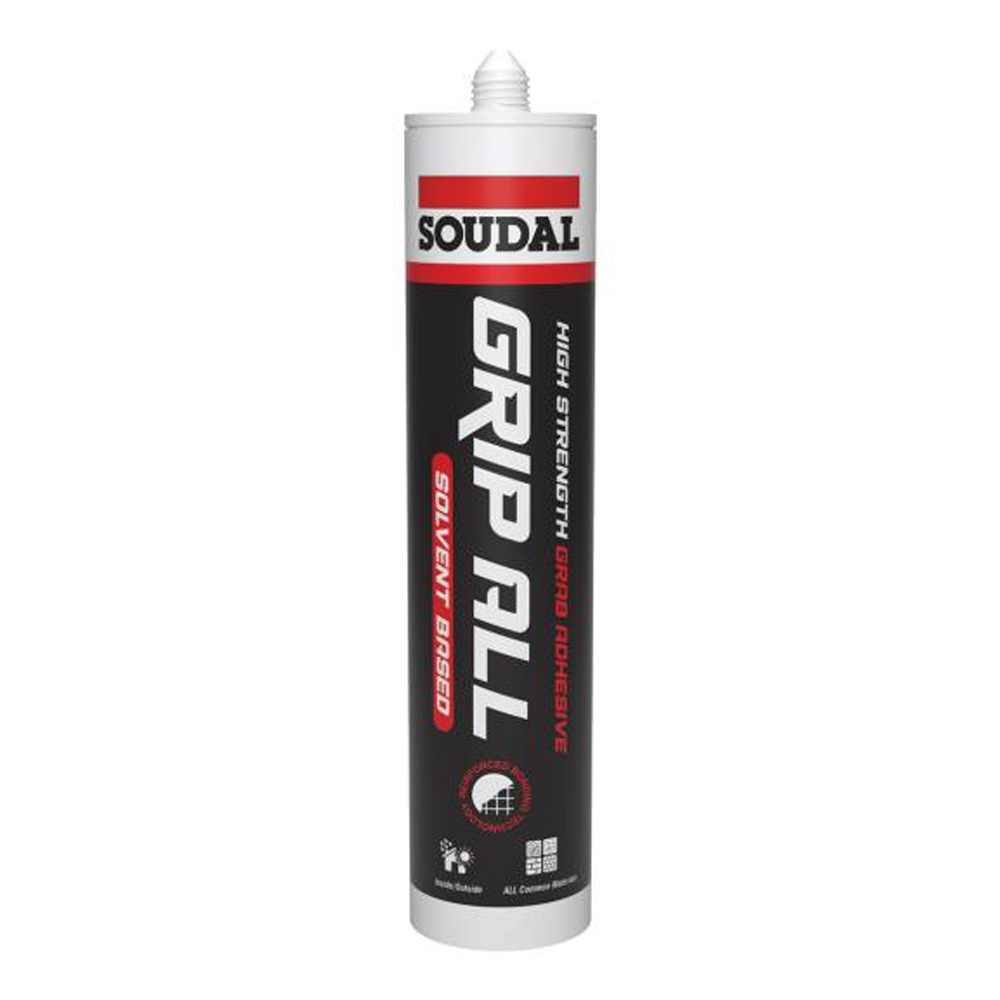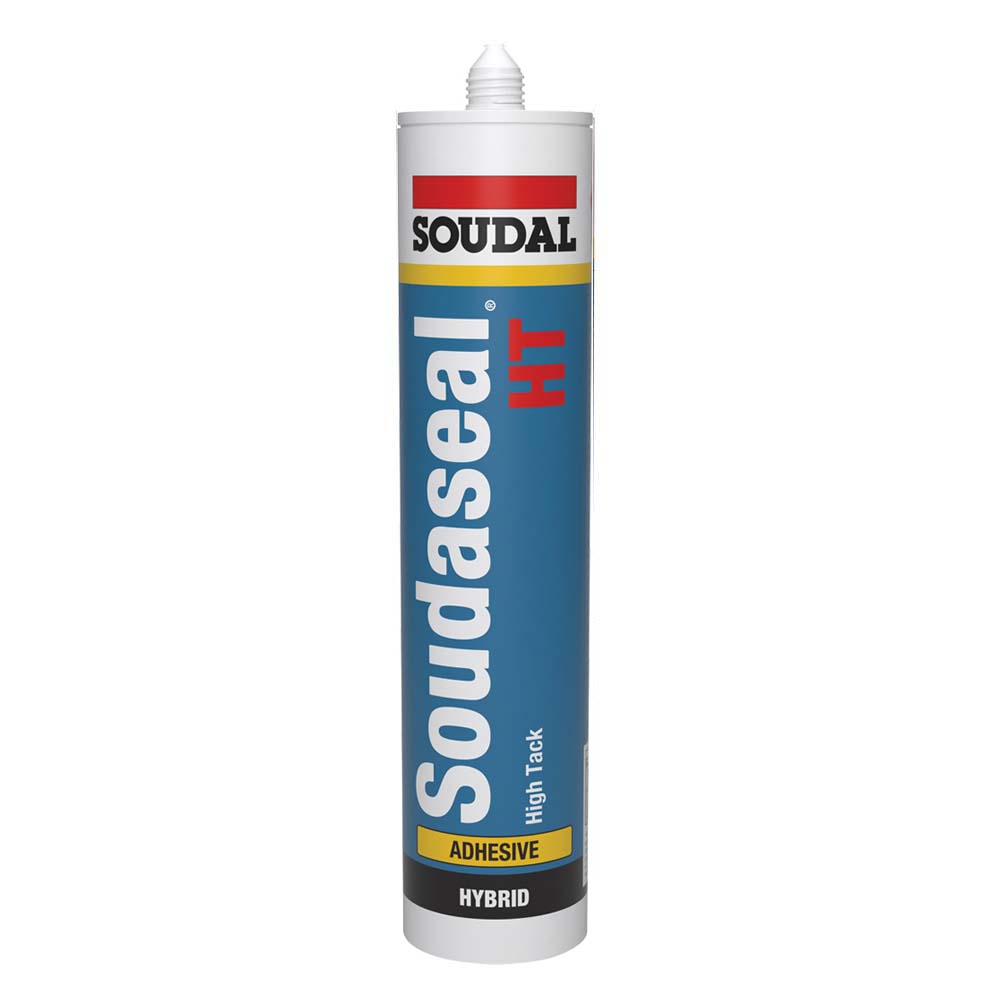
In the world of construction, manufacturing, and DIY projects, the terms ‘sealant’ and ‘adhesive’ are often used interchangeably. However, while they may appear similar and are both crucial in various applications, they serve distinct purposes and have different properties.
Understanding the difference between sealant and adhesive is essential for selecting the right product for your specific needs…
- Definition and Primary Function
Adhesive: An adhesive is a substance used for holding materials together in a firm and permanent bond. It works on the principle of adhesion, which is the bond between the adhesive and the surface of the material. Adhesives are designed to bear loads and are used in various industries for assembling parts, from simple household repairs to complex aerospace components.
Sealant: A sealant, on the other hand, is a material used to prevent the passage of fluids through the surface or joints or openings in materials. It is a type of mechanical seal that fills spaces between surfaces, offering a barrier to air, water, and other environmental elements. Sealants are primarily used to close small openings that are difficult to shut with other materials, such as concrete, drywall, etc.
- Material Flexibility and Durability
Adhesive: Adhesives are generally more rigid and are designed to be as strong as or stronger than the materials they are bonding. They are formulated to resist shear and tensile stresses. Once cured, adhesives typically do not offer flexibility, which is ideal for applications where movement is not expected.
Sealant: Sealants, conversely, are usually flexible and accommodate the expansion and contraction of materials. They are not as strong as adhesives but provide excellent resistance to environmental conditions, UV light, and chemicals. Sealants are ideal for applications where a flexible, protective barrier is needed.
- Chemical Composition
Adhesive: The composition of adhesives varies widely based on their application. They can be made from natural sources like starch, rubber, and animal casein, or from synthetic materials like acrylics, silicones, and epoxies. The choice of adhesive depends on the specific requirements of bonding strength, temperature resistance, and chemical exposure.
Sealant: Sealants are generally composed of silicones, polyurethanes, polysulfides, or acrylics. The composition is tailored to provide a flexible, durable seal that adheres well to various substrates while resisting weathering and environmental factors.
- Applications
Adhesive: Adhesives are used in a multitude of applications where a strong, permanent bond is required. This includes furniture making, bookbinding, shoe manufacturing, automotive assembly, and electronic device construction, among others.
Sealant: Sealants are used in construction and home repair projects to seal joints, gaps, and seams. Common applications include sealing windows, doors, ductwork, and piping. They are also used in bathrooms and kitchens to prevent water penetration around sinks, bathtubs, and countertops.
- Curing and Performance Under Stress
Adhesive: Adhesives are designed to cure hard and resist forces trying to pull the bonded materials apart. They perform well under tensile and shear stress but may not perform well under peel and cleavage stress unless specifically formulated to do so.
Sealant: Sealants cure to a flexible consistency and are excellent at resisting compressive and elongation stresses. They are not designed to hold significant loads but excel in sealing applications where materials may move or expand.
Speak to our team about sealants and adhesives
In conclusion, while adhesives and sealants may seem similar, they serve distinct purposes. Adhesives are best for bonding and holding materials together, offering strength and rigidity. Sealants, however, are used to fill gaps, provide a barrier against environmental elements, and offer flexibility.
Choosing the correct product depends on understanding these differences and the specific requirements of your project. If you would like to know more do not hesitate to get in touch with our team via 01708 525 866 or email info@selantsupplies.co.uk and we will be in touch.




